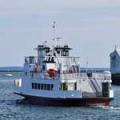Magazine
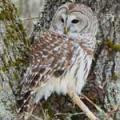
Maine I Love — Rex Burgamy
A selection of ocean and wildlife images
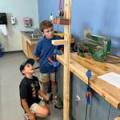
Making It in St. George
Learning at The Grace Innovation Center in St. George

Buoys, Boats, and Flying Cleats
News from the coast, Autumn 2025

Maine I Love — David Gillespie
A cruise to Port Clyde
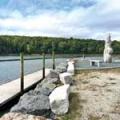
Surry: A Quiet Charmer
A town hidden away on the northeastern edge of Blue Hill Peninsula.

A Boatbuilder’s Start, A Friendship Launched
A Maine boatbuilder’s daughter recalls how her father finished off a boat and launched a lifelong friendship between two families.
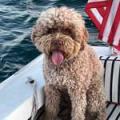
Ciao, Archer
An Italian water dog stands watch
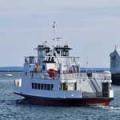
Fares, Buoys, Bigelow, and A Boat Show
Keeping up with changes along the coast, and a tribute to Carl Cramer.

Northport: Exploring Beyond Route 1
Nestled between Lincolnville and Belfast, Northport is worth a detour from the beaten path of Route 1.






